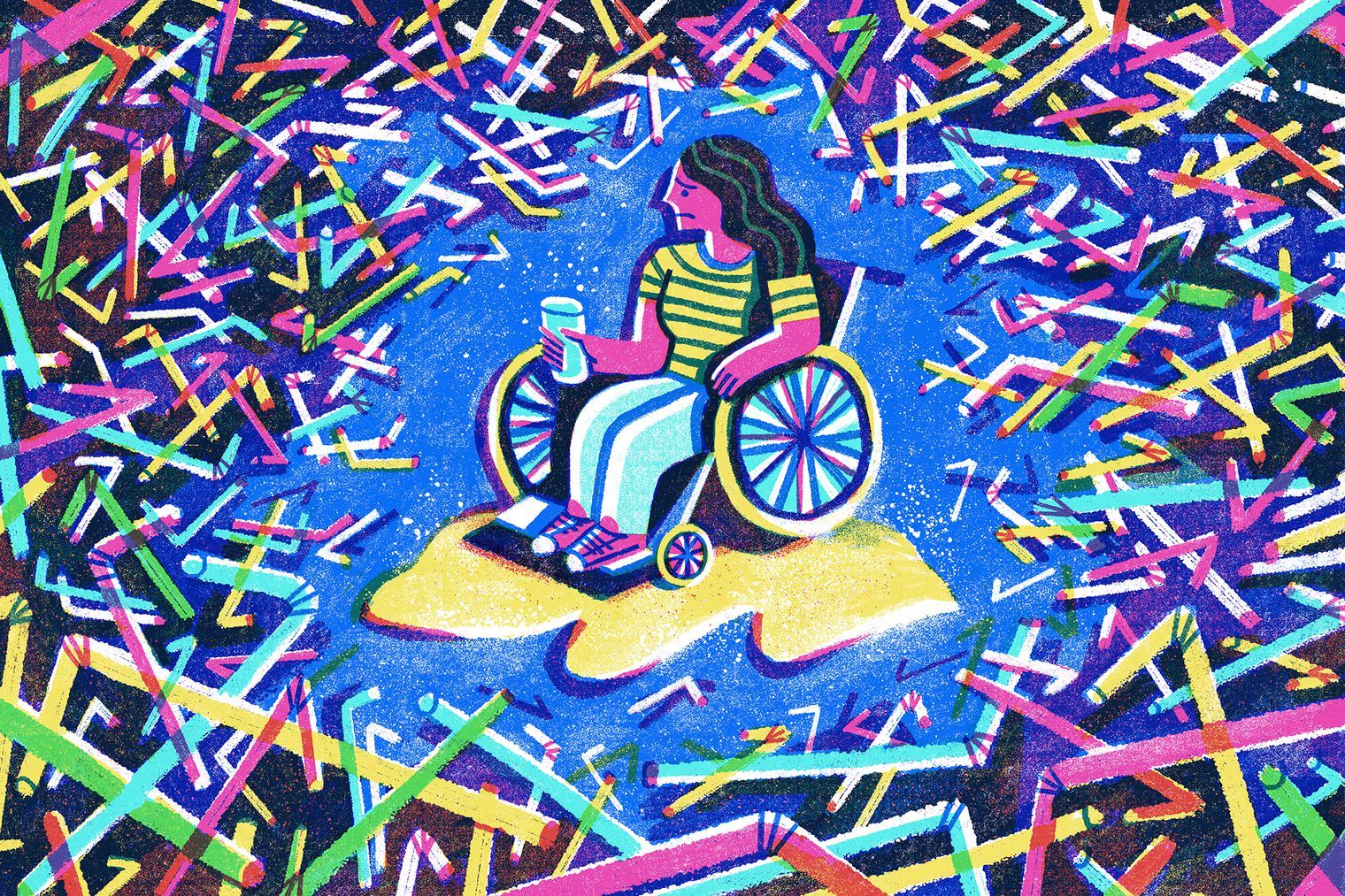
For many individuals with disabilities, plastic straws provide a crucial means of drinking independently. They are flexible, durable, and easy to use, making them the most convenient option for people with motor impairments, swallowing difficulties, or other conditions that make drinking from a cup challenging.
However, with the increasing push to ban plastic straws for environmental reasons, many people with disabilities face difficulties in finding suitable alternatives.
While metal, paper, and silicone straws have been introduced as eco-friendly options, they are not always practical. Metal straws can be rigid and unsafe, paper straws often degrade too quickly, and silicone straws require regular cleaning.
These limitations leave many people with disabilities in a difficult position—wanting to support sustainability efforts but struggling to find a viable replacement.
Edible Straws: A Sustainable and Accessible Alternative
Edible straws offer an innovative solution that allows individuals with disabilities to continue using straws while also being environmentally conscious.
Made from natural ingredients, these straws are biodegradable, reducing waste while providing a safe and convenient drinking aid. Their soft yet durable texture ensures they remain functional throughout a drink, while their gradual dissolvability makes them safer for those with swallowing difficulties.

How Edible Straws Support Accessibility and Inclusivity
Edible straws are designed to cater to a wide range of needs, making sustainability more inclusive. Some of the key benefits include:
- Safety and Comfort
For individuals with disabilities, particularly those with motor impairments or conditions affecting hand strength and coordination, traditional plastic straws can pose challenges.
Edible straws are often softer and more flexible, reducing the risk of injury or discomfort. Their smooth texture and gentle edges make them safer to use, especially for those who may have difficulty controlling their bite or grip. In addition, edible straws are safer to use and reduce the risk of aspiration or choking.

- Enhanced Accessibility
Edible straws can be a game-changer for people with disabilities who rely on straws for hydration and nutrition.
Unlike metal or glass alternatives, which can be heavy and difficult to maneuver, edible straws are lightweight, easy to handle and do not cause irritations.
This accessibility ensures that individuals with limited dexterity can enjoy their beverages without assistance, promoting independence and dignity.

- Allergy-Friendly Options
Edible straws are generally hypoallergenic, making them suitable for individuals with allergies or sensitivities to certain materials such as silicone.
This is particularly important for people with disabilities who may have additional health considerations. By offering a safe and allergen-free option, edible straws cater to a wider range of needs and preferences.

- Versatility and Enjoyment
One of the unique features of edible straws is their versatility. Available in various flavors and colors, they can enhance the sensory experience of drinking.
For individuals with sensory processing disorders, the ability to choose a straw that complements their taste and texture preferences can make mealtime more enjoyable and engaging. This added element of choice and personalization can significantly improve the quality of life for people with disabilities.

- Encouraging Social Inclusion
Using edible straws can also foster social inclusion. In settings where individuals with disabilities might feel self-conscious about using adaptive equipment, edible straws offer a discreet and stylish alternative.
Their novelty and appeal can spark conversations and reduce stigma, helping to create a more inclusive environment.

A Step Towards Inclusive Sustainability
The conversation around sustainability must be inclusive of all individuals, including those who rely on straws for accessibility. Many environmental campaigns have focused on eliminating plastic straws without considering the impact on disabled individuals.
This reality is evident in how many businesses and cities have implemented straw bans without consulting the disabled community.
By promoting edible straws as a viable option, we can ensure that sustainability efforts do not come at the cost of accessibility. People with disabilities should not be forced to choose between their needs and environmental responsibility.
A society where accessibility, inclusivity and sustainability coexist is possible, and innovative edible straws offer a step in the right direction in shaping a more equitable and eco-friendly future.





